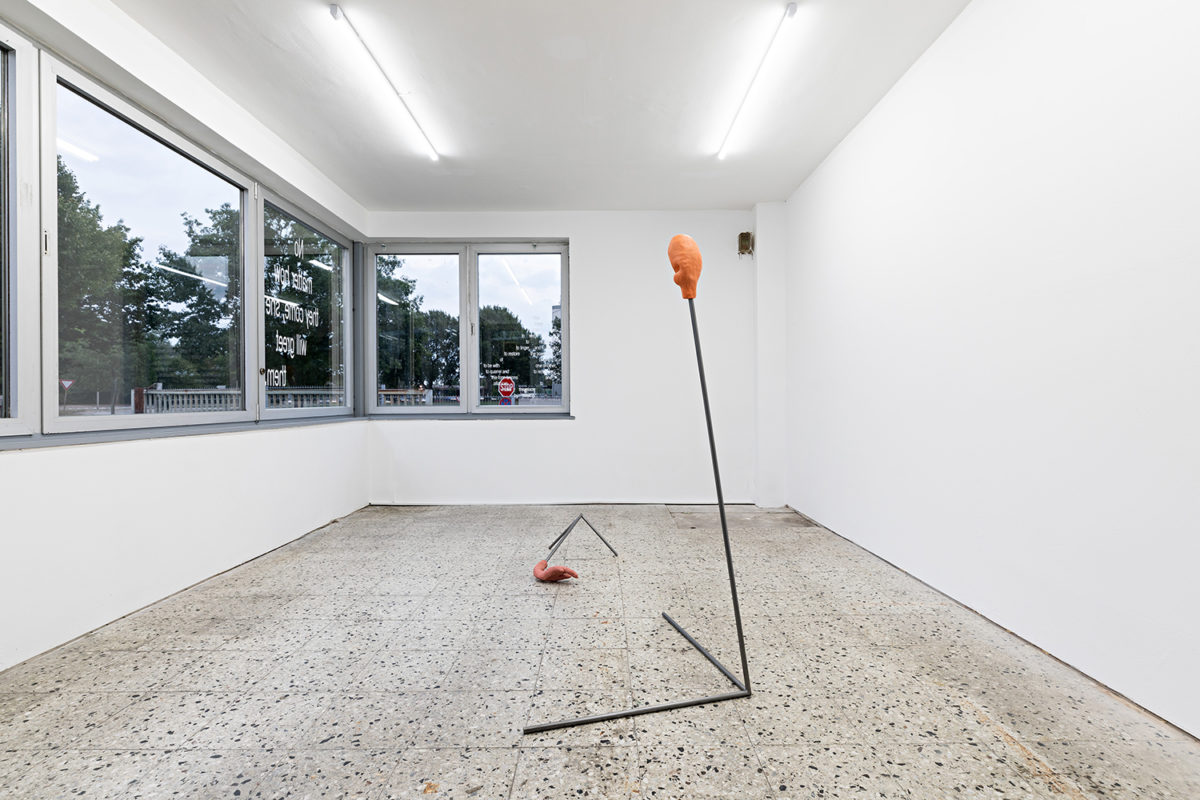 Installation view
Installation view
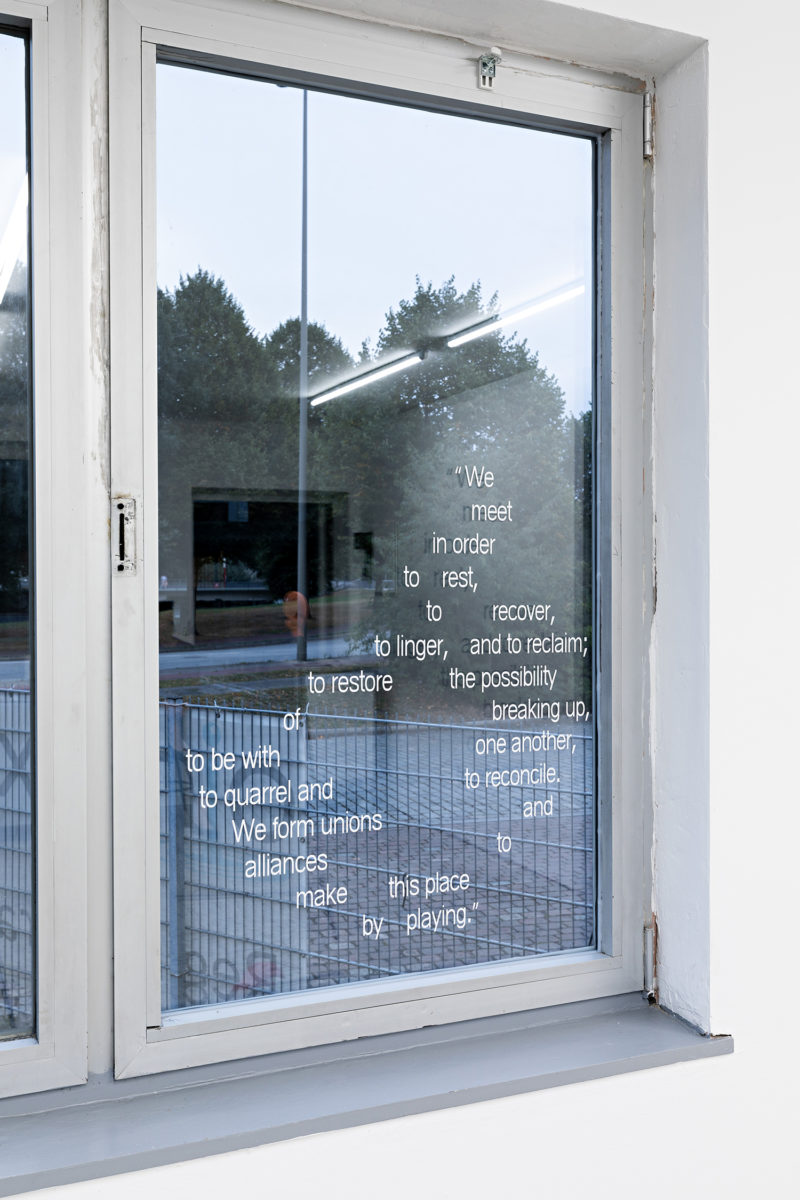 Barbara Kapusta, We meet / to make this place by playing, 2018
Barbara Kapusta, We meet / to make this place by playing, 2018
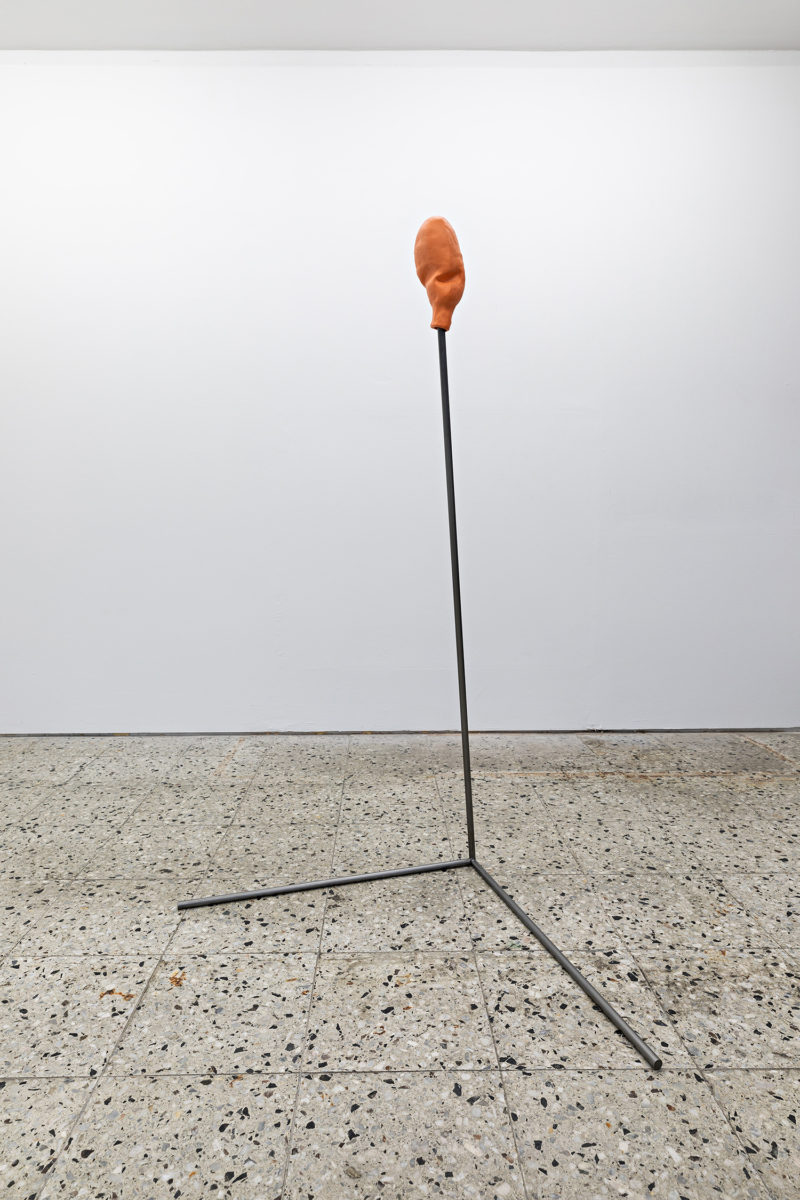 Barbara Kapusta, Player, 2018
Barbara Kapusta, Player, 2018
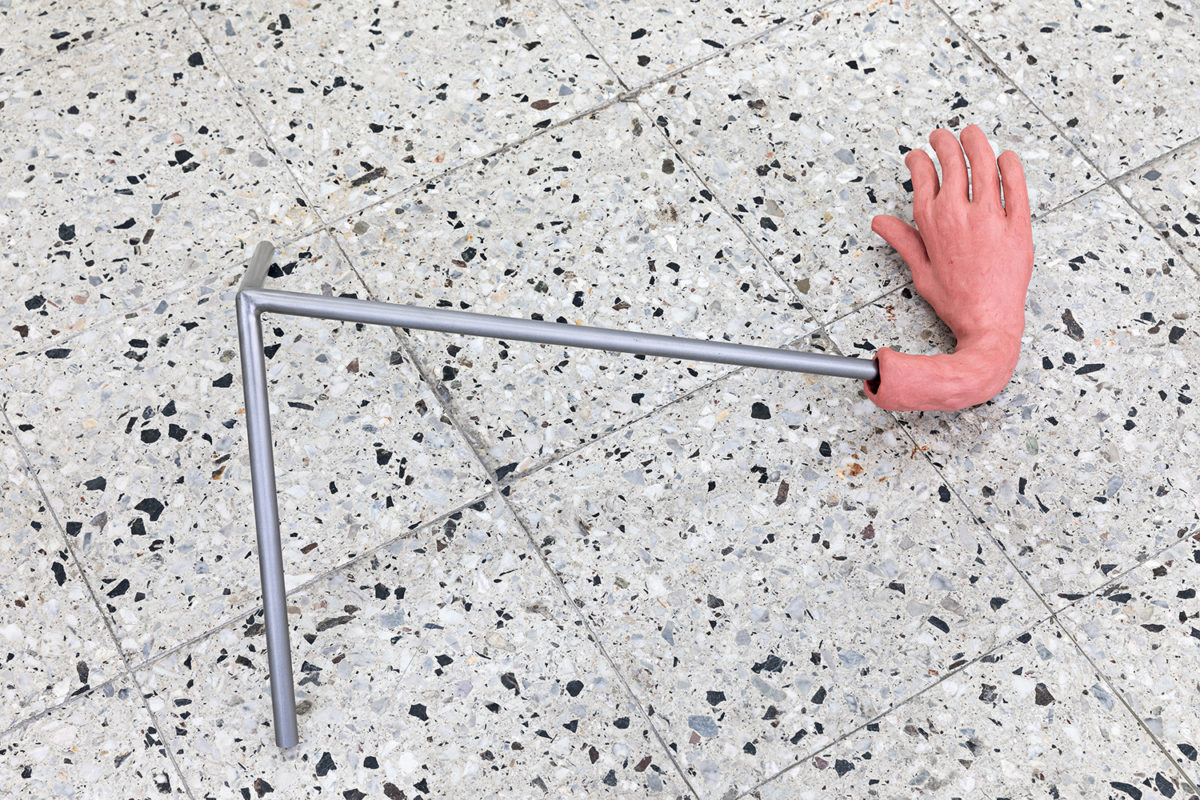 Barbara Kapusta, Sleeper, 2018
Barbara Kapusta, Sleeper, 2018
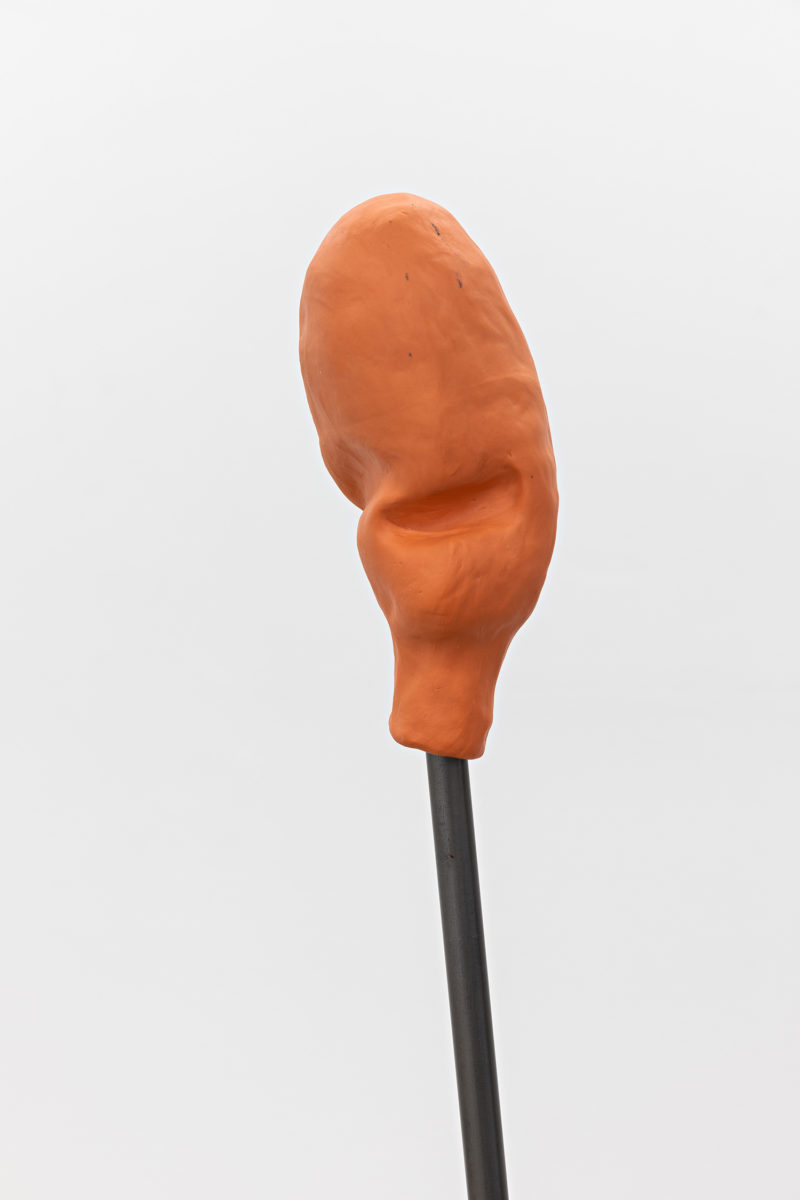 Barbara Kapusta, Player, 2018
Barbara Kapusta, Player, 2018
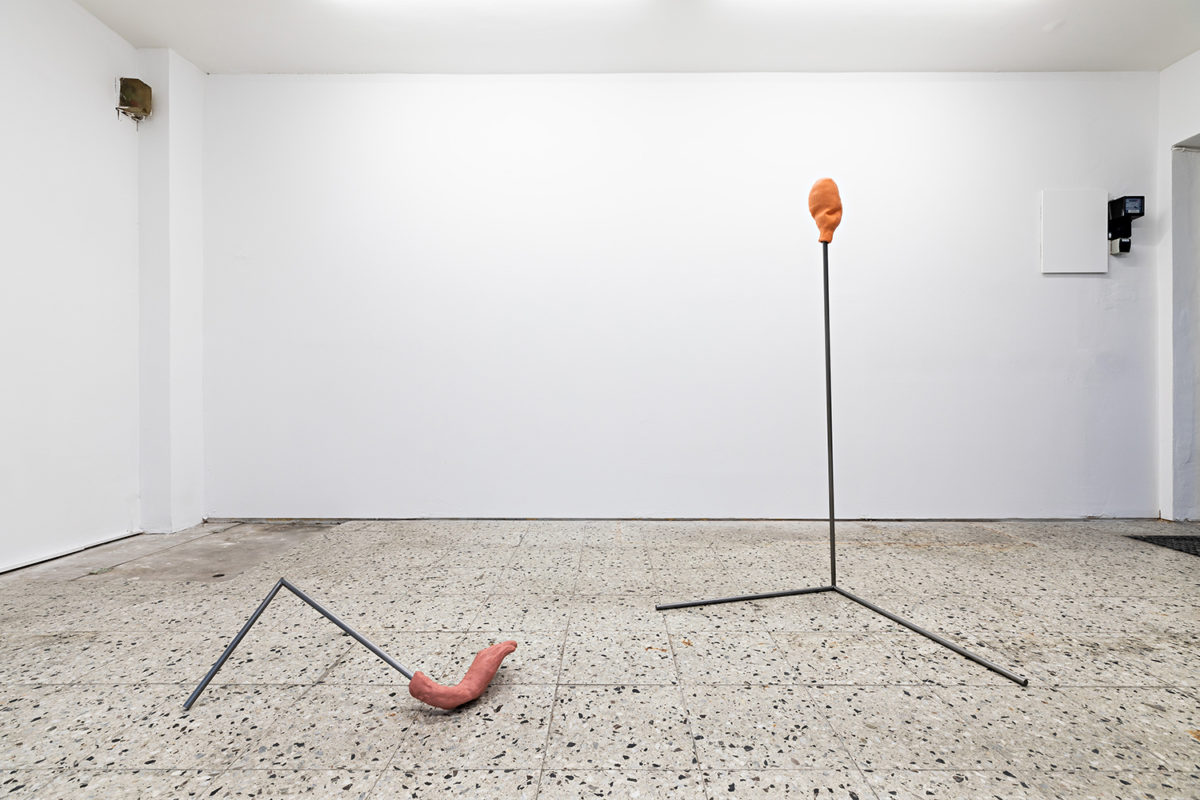 Installation view
Installation view
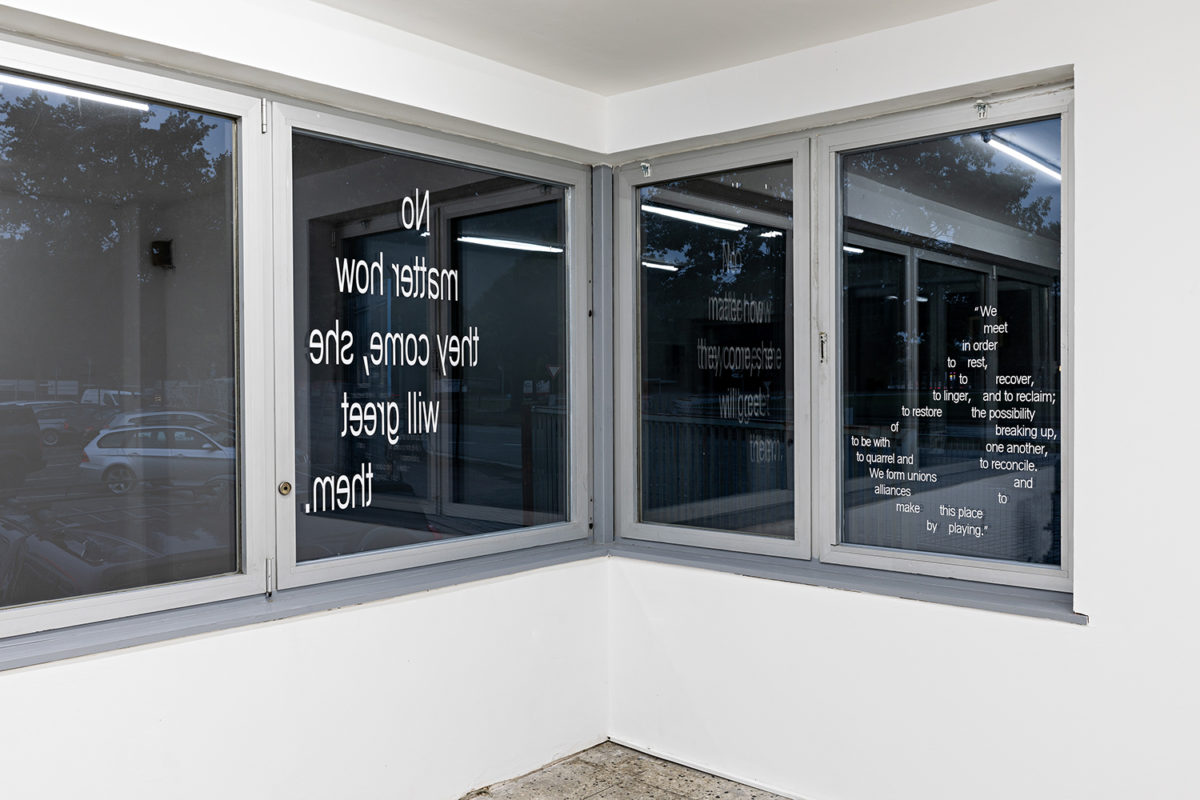 Installation view
Installation view
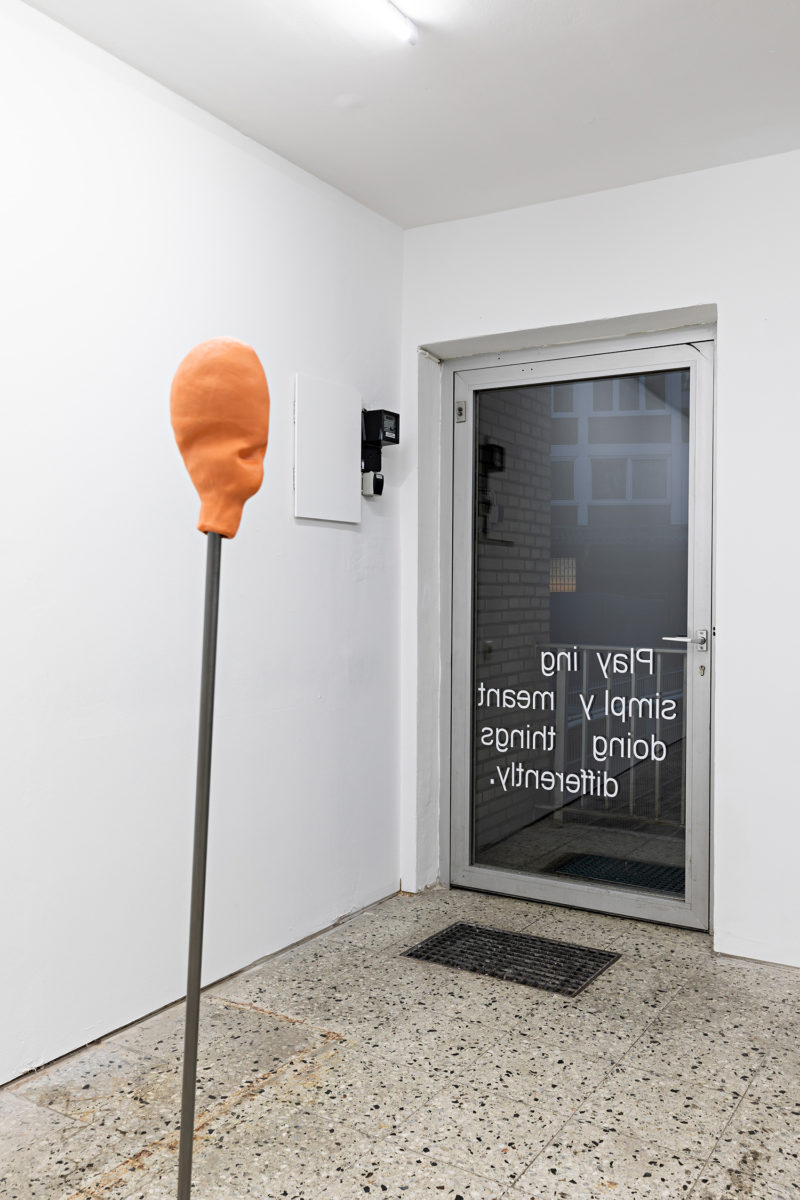 Installation view
Installation view
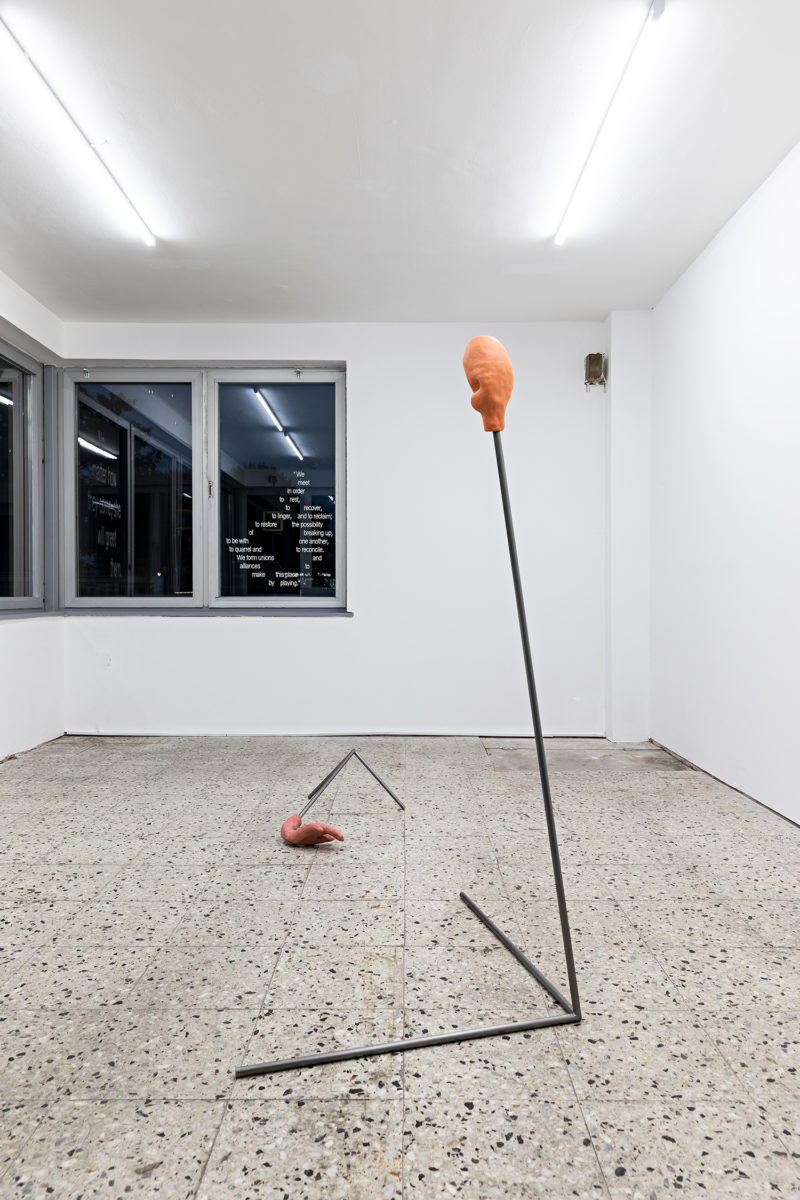 Installation view
Installation view
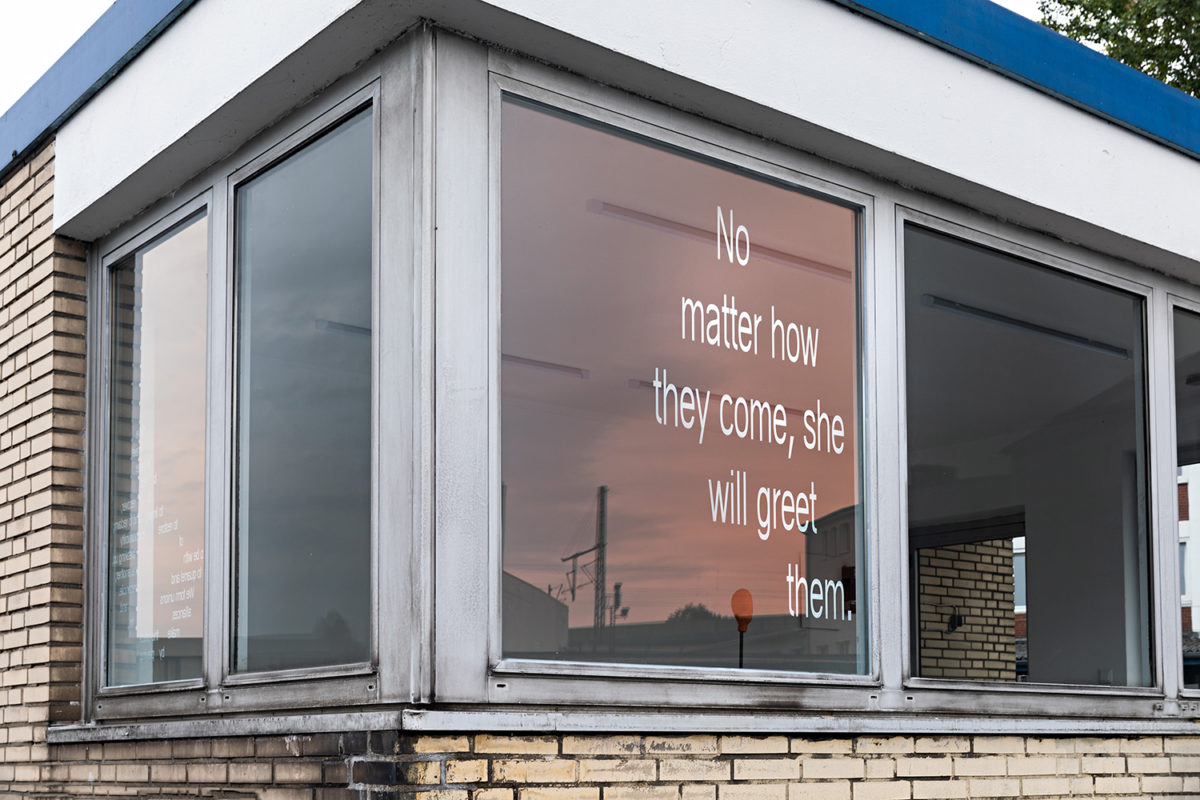 Installation view
Installation view
We meet in order to rest, to recover, to linger, and to reclaim; to restore the possibility of breaking up, to be with one another, to quarrel and to reconcile. We form unions and alliances to make this place by playing.Barbara Kapusta‘s artistic work pertains to the question of what constitutes community. In her installations, Kapusta imagines altered forms of cohabitation and creates scenarioswhich reflect the predominant modes of habitus and communication. Her work focuses on the emergence of social fields, the organisation of language, and the production of jointoutput by diverse bodies.In the exhibition, VIS becomes the stage for a fragmentary production based on Kapusta‘s writing of the same name. Four characters, Speaker, Player, Pointer and Sleeper, encounter each other in a future scenario. After the collapse of all existing social order, they attempt tocreate a space that allows them to redefine the conditions of cohabitation. Commencing withthe idea that community is formed through performative processes, the characters enter into an open-ended game in which habit, norms and rules are subject to review.In Hamburg, Kapusta presents two ceramic sculptures that reference the characteristics ofthe figures Player and Sleeper. Whilst the sculpture of Player gives form to the act of speaking, Sleeper is eloquent with a gesture of the hands. Kapusta juxtaposes the twosculptures with elements of the narrative, which she transposes into space by way of speech and thought bubbles. Her production considers the conditions of public space undercurrent circumstances. When Kapusta‘s characters take up the words of media theorist Wendy Hui Kyong Chuns, they formulate a call to configure new spaces for maneuverability: „[W]hat would happen if we demanded more rigorous public rights? If we fought for the right to be exposed – to take risks and to be in public – and not be attacked?“